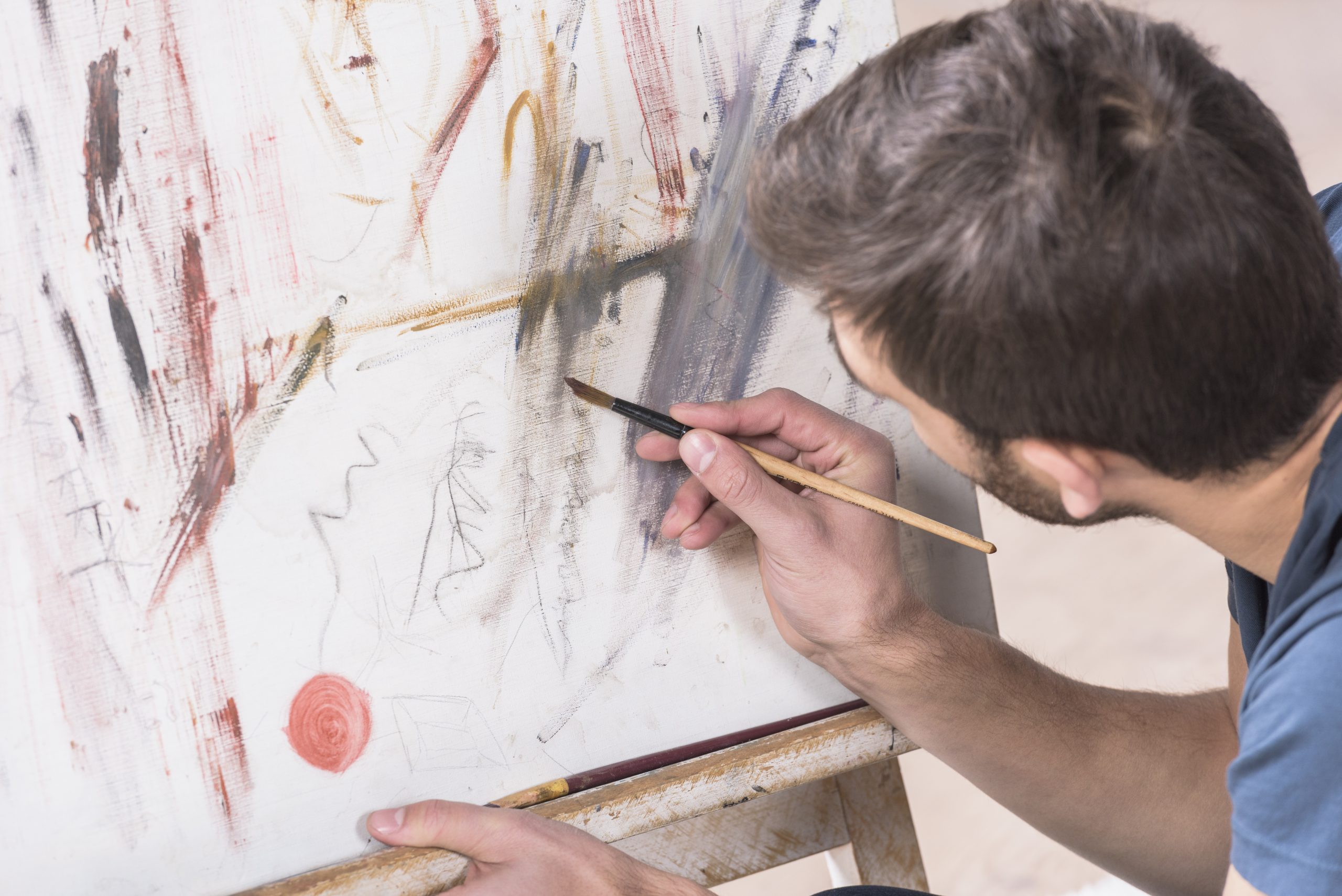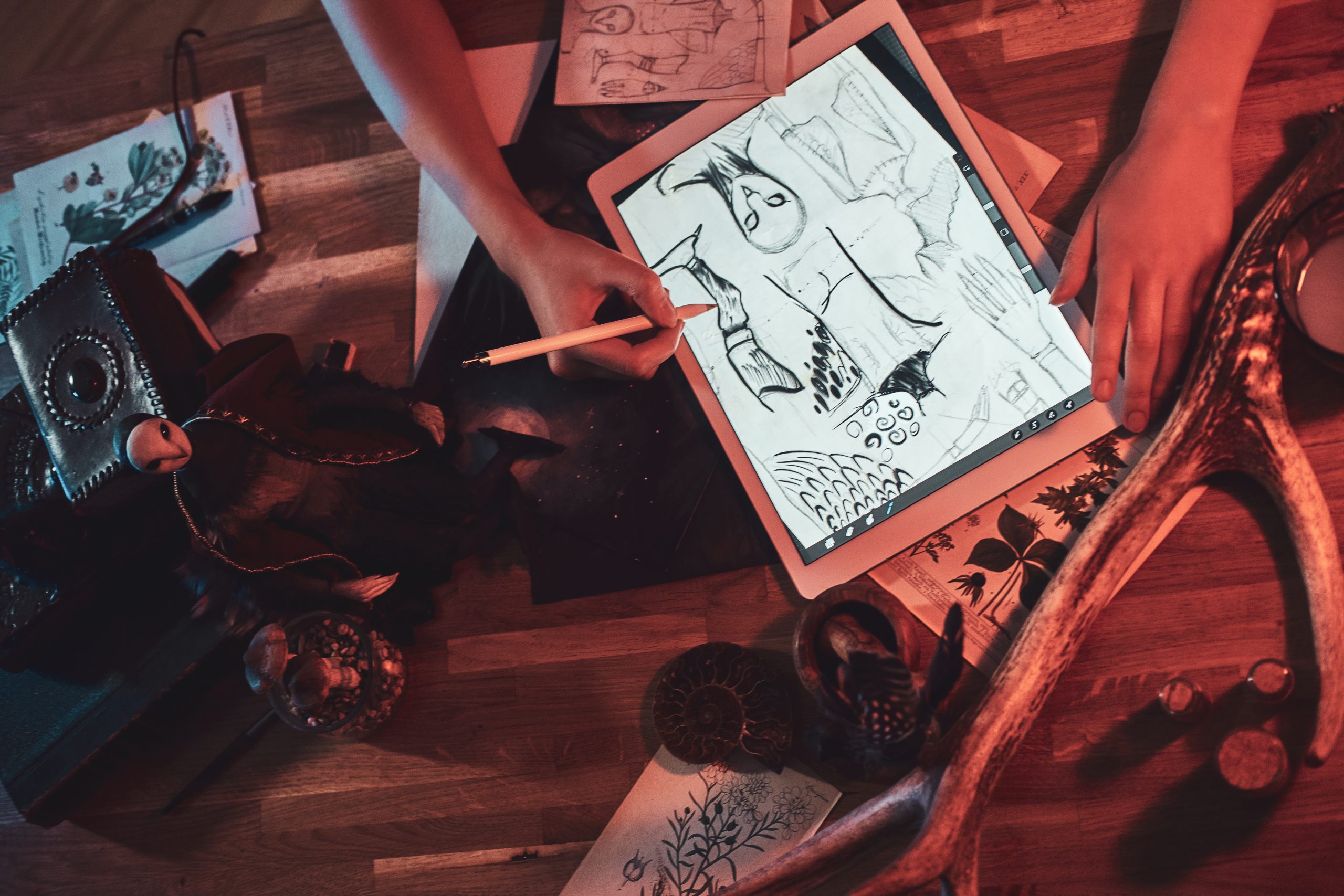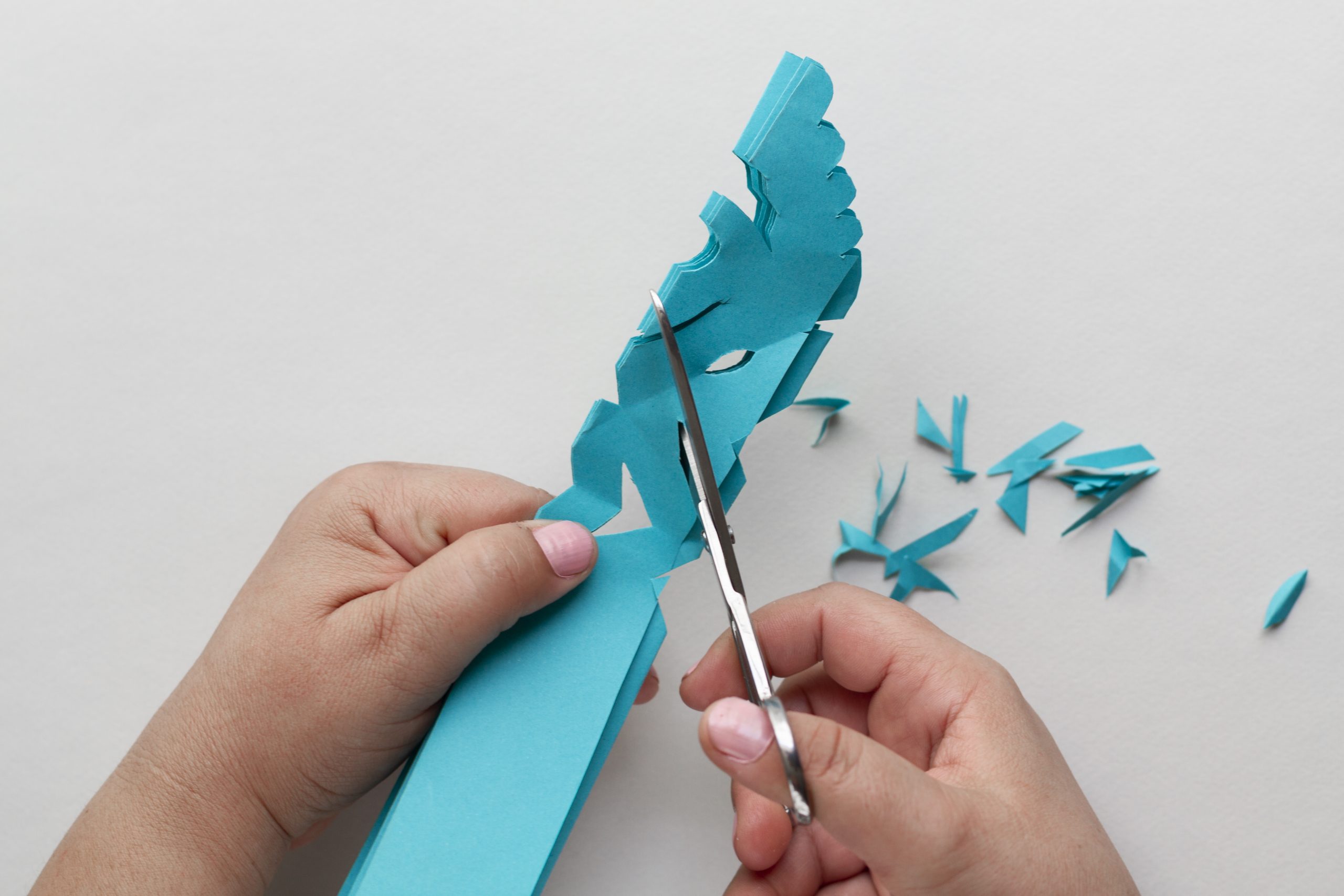Abstract art can seem intimidating or perplexing at first glance, but it’s one of the most exciting and expressive forms of art. Unlike representational art, which aims to depict real-world objects, abstract art focuses on shapes, colors, and forms that don’t directly represent anything from the physical world. In this beginner’s guide, we’ll break down what abstract art is, its history, and how to appreciate and understand it.
What is Abstract Art?
Abstract art is a style that emphasizes visual elements like color, line, shape, and texture over realistic depictions of objects or scenes. It doesn’t aim to represent reality but instead focuses on the emotions or concepts that the artist wants to convey. Each viewer may interpret abstract works in their own way, which is part of the beauty of the style.
Key Features of Abstract Art:
- Non-representational: The artwork doesn’t directly depict objects or people.
- Focus on emotion: Abstract art is often about evoking feelings, moods, or ideas.
- Use of basic elements: Shapes, colors, and lines are the building blocks of abstract art.
A Brief History of Abstract Art
Abstract art began in the early 20th century as artists sought to move beyond the constraints of traditional representation. Pioneers like Wassily Kandinsky, Piet Mondrian, and Kazimir Malevich began to experiment with non-representational forms, focusing on the emotional and spiritual power of art rather than literal representation.
As art evolved, abstract styles expanded, and different movements emerged, such as Abstract Expressionism, Color Field painting, and Minimalism, each with its own approach and philosophy.
Types of Abstract Art
There are several different types of abstract art, and understanding the variations can help you appreciate the diverse methods and techniques artists use to convey their ideas.
1. Geometric Abstraction
Geometric abstraction uses precise shapes like squares, triangles, and circles. The work is often balanced and orderly, focusing on the mathematical relationship between forms.
2. Lyrical Abstraction
Lyrical abstraction is a more fluid style that emphasizes spontaneous and expressive brushstrokes. It focuses on the emotional qualities of the painting, allowing for a more personal interpretation.
3. Color Field Painting
Color Field painting involves large swaths of color that cover most of the canvas. These paintings often have a meditative quality and focus on the emotional resonance of color.
4. Abstract Expressionism
Abstract Expressionism is a movement that emerged in the 1940s and 1950s, with artists like Jackson Pollock and Mark Rothko focusing on the spontaneous creation of art through gesture, color, and texture.
How to Appreciate Abstract Art
Understanding abstract art requires a shift in perspective. Unlike traditional art, which tells a story or depicts a scene, abstract art invites you to engage emotionally and mentally with the piece. Here are some tips on how to appreciate abstract art:
1. Focus on Your Emotional Reaction
Instead of asking “What does it represent?” focus on how the piece makes you feel. Abstract art often aims to provoke emotions, whether that’s peace, confusion, joy, or discomfort.
2. Look at the Elements of Design
Pay attention to the shapes, colors, and textures used in the artwork. These are often the key to understanding the artist’s intent. Do the colors seem calming or energetic? Are the shapes organic or geometric?
3. Consider the Artist’s Intent
Many abstract artists want you to experience their work on a personal level. Read about the artist’s background or the title of the piece, as this can provide insights into their intentions.
4. Embrace the Interpretation
Abstract art invites multiple interpretations. One viewer might see movement and dynamism, while another sees calm and stability. There’s no right or wrong interpretation—embrace the diversity of your perception.
Conclusion
Abstract art might not always be immediately accessible, but with an open mind, it can be deeply rewarding to explore. By focusing on the emotional impact, visual elements, and the artist’s intent, you can start to understand and appreciate the beauty and complexity of abstract works. Keep an open heart and let the art speak to you in your own way.



